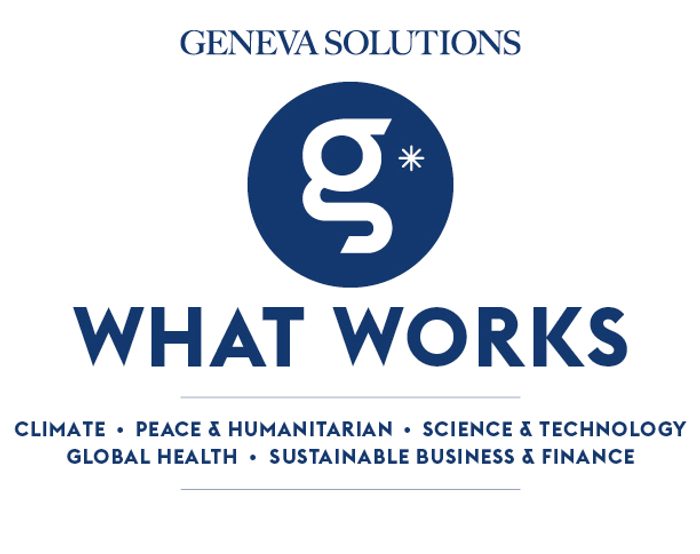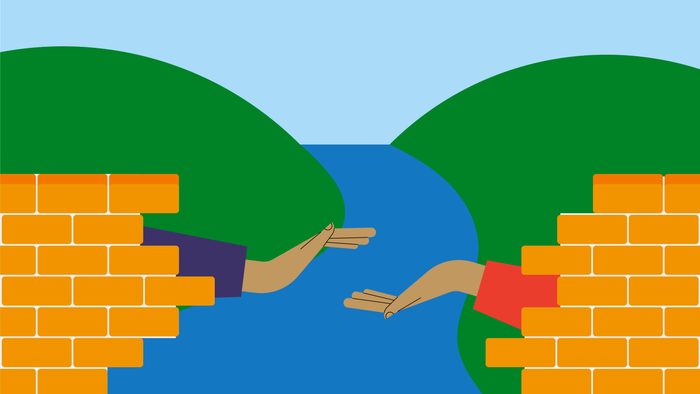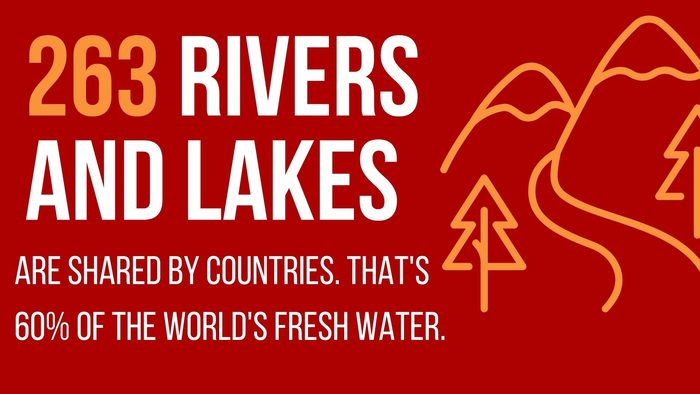|
In northern Senegal, the town of Podor sits on the southern bank of the Senegal River. Its inhabitants only have to look over to the opposite side of the watercourse to get a view of the valley stretching North into Mauritania.
Baaba Maal, today a world-renowned singer, was born in that small town of farmers and fishers, right where the two West African countries meet. “When I was a kid, we would cross over to the other side of the river to cultivate the land. For us, there was no border,” the Senegalese artist reminisces in conversation with Geneva Solutions.
From the Fouta Djallon highlands in Central Guinea, the Senegal River flows north towards the Malian border, then turns west, slithering between Mauritania and Senegal, to end its 1,086km journey in the Atlantic Ocean.
Like with the hundreds of other transboundary rivers in the world, the fates of the four West African countries that it crosses over are inevitably linked. The river basin is home to some 3.5 million people, who depend on it for food, drinking water and work. It provides 60 per cent of Dakar’s water and all the water of the Mauritanian capital of Nouakchott. The Manantali dam in Mali, generates energy for Dakar, Nouakchott and Bamako.
That level of development has stemmed from half a century of cooperation. Faced with a series of deadly droughts that hit the Sahel in the late 1960s, Mali, Senegal and Mauritania joined forces in 1972 to form the Senegal River Basin Development Authority, commonly known as the OMVS for it’s French initials. They were later joined by Guinea in 2005.
Tasked with sustainably managing the river for the riparian countries, the OMVS is often cited as a leading example of how states can work together to tackle the common problems related to water access.
Read more in Geneva Solutions
|









